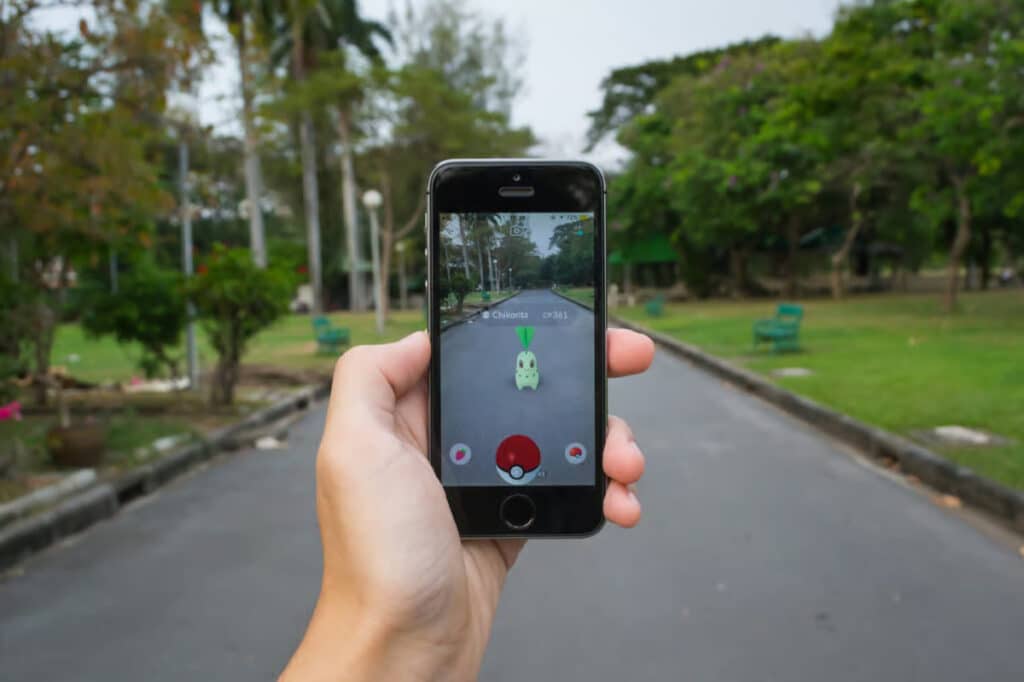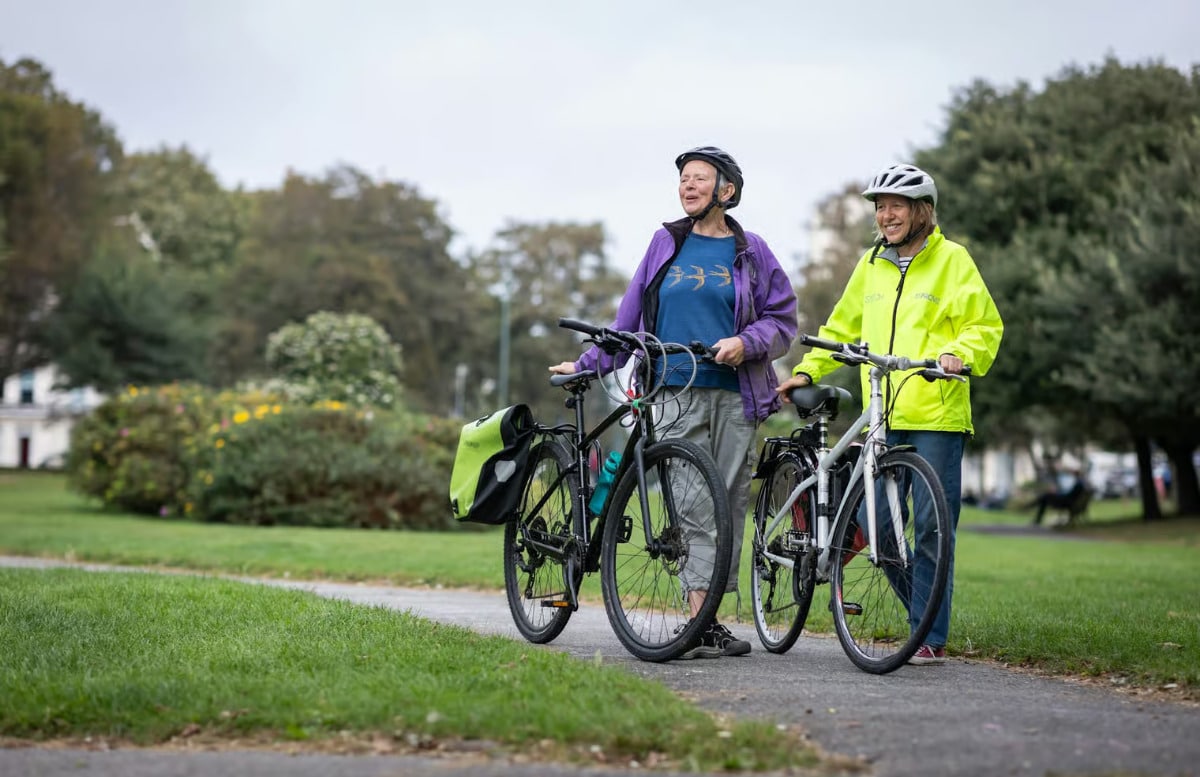Forget brain puzzle apps! Physical exercise is actually the most effective way to keep your memory intact. A massive meta-analysis with over 250,000 participants has confirmed the strong link between physical movement and cognitive health. But what activities should you focus on for the best results? You may be surprised.
Just like our muscles, the brain needs regular exercise to function at its best. While many people turn to brain-training apps, scientific research now clearly shows that physical activity is the best way to preserve and enhance our mental abilities. This breakthrough discovery changes how we understand the link between body and mind.
What Science Says About Exercise and Memory
A groundbreaking study published in the British Journal of Sport Medicine analyzed data from over 250,000 participants in 2,700 studies. It found a direct connection between physical activity and improvements in brain function. Whether it’s walking, cycling, yoga, or dancing, any form of movement benefits cognitive health.
The benefits are seen in three key areas of brain function:
- Cognition: the ability to think clearly and make decisions.
- Memory: especially short-term and autobiographical memory.
- Executive functions: including concentration, planning, and problem-solving.
These benefits appear fairly quickly, often after just 12 weeks of regular exercise. To see the best results, aim for around 30 minutes of physical activity most days, totaling about 150 minutes per week.

The best way to protect your memory has just been confirmed: get moving, even if it’s by playing an active video game like Pokémon Go. © Wachiwit, iStock
How Exercise Transforms Your Brain
Exercise brings remarkable structural changes to the brain. Activities like walking or cycling can actually increase the size of the hippocampus, a brain region critical for learning and memory.
One study showed that seniors who did aerobic exercises for a year saw a 2% growth in their hippocampus, effectively reversing one to two years of age-related brain shrinkage.
More intense exercises, like running or high-intensity interval training (HIIT), enhance neuroplasticity—the brain’s ability to adapt and form new connections. This process boosts learning, mental clarity, and preserves cognitive function as we age.
Accessible Activities with Powerful Benefits
You don’t need intense workouts to experience cognitive benefits. Gentle activities like yoga, tai chi, or even active video games (like Pokémon Go) can be just as effective, and sometimes even more so.
These activities engage both the mind and body. For example, tai chi requires concentration, coordination, and memorizing sequences. Active video games often involve quick decision-making and immediate reactions to visual cues, helping with attention and memory.
The great thing about these activities is that they’re inclusive. You can do them at home, outdoors, or with friends, making them accessible to people of all fitness levels, including those with limited mobility.
Incorporating Exercise into Daily Life
Incorporating physical exercise into your daily routine can be simple. Short active breaks at work can improve concentration and productivity. In schools, adding physical activities during classes has shown positive effects on attention and academic performance.
Here’s how different groups can benefit from this approach:
- Older adults can play active video games with their grandchildren.
- Teens with ADHD might benefit from dance classes.
- Busy adults can fit a 20-minute yoga session between meetings.
- Families can plan regular physical activities together.
Physical activity is one of the most accessible tools for supporting brain health. Unlike brain-training apps or supplements, exercise provides multiple benefits, including better sleep and improved mental health. The best part? It’s never too late to start moving and protect your memory.

